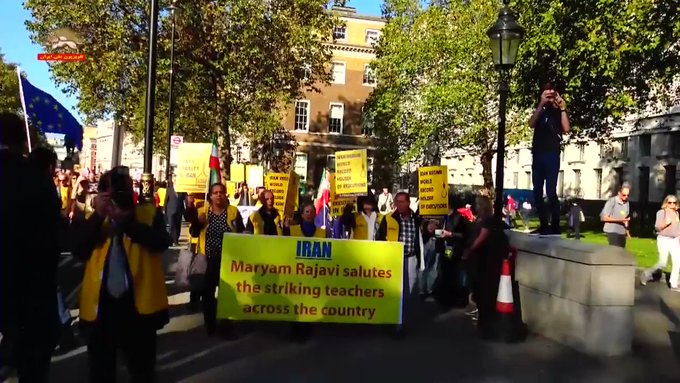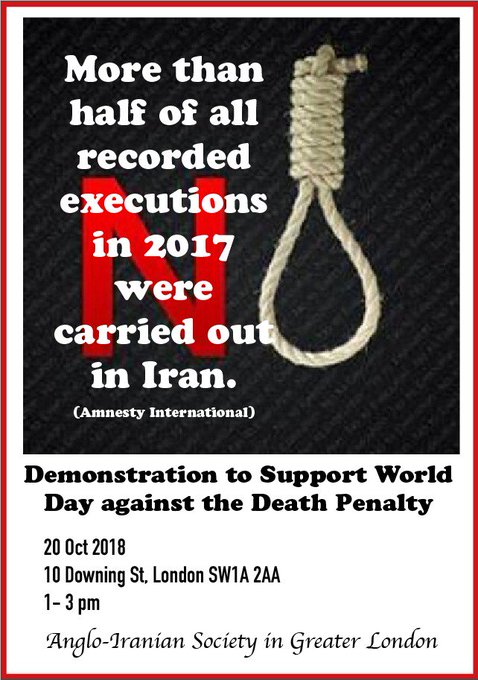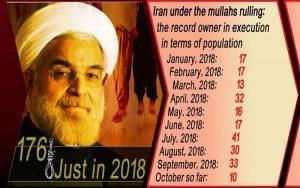As protests continue to rage across Iran, the regime is eyeing students with growing fear and skepticism.
In recent days, reports have surfaced of student movements supporting the strikes of teachers and truck drivers. Student movements and protests in Iran have historically been closely tied to nationwide uprisings and social and worker-class protests.
The unity between students and workers and other hardworking classes of the Iranian society are not new, and neither are they unique to Iran. All across the world, student protests have had a pivotal role in the society. Some examples include the 1968 protests in France and the student protests in China at the end of the 20th century.
In Iran, students have been the momentum of struggles for freedom, both under the Shah and Khomeini dictatorships. And despite having been suppressed violently, they have never backed down from their struggle.
For instance, during the reign of the Shah dictatorship, security forces murdered three students after the coup against Mohammad Mossadegh in 1953. The people of Iran still commemorate that event today as the Day of Student. In 1980, the Khomeini regime shut down all universities in a wave of suppression that aimed to curb the growing influence of PMOI/MEK. The event led to the souring of relations between the regime and students across the country.
Throughout the rule of both the Shah and the Khomeini regime, student associations and universities have been a bastion for freedom fighters. The People’s Mojahedin Organization of Iran was founded by three students.
Student protests in Iran during the mullahs’ rule
Soon after Khomeini seized power in Iran following the 1979 revolution, he ordered the shutdown of universities in what he called the “Cultural Revolution.” During that time, several students were murdered and injured, and several university professors were fired.
The regime later tried to prevent dissidents from finding their way into universities by creating forged accounts and bringing up excuses to disqualify them. The main fear of the regime was opposition groups such as MEK and the Organization of Iranian People's Fedai Guerrillas.
37 years after the so-called cultural revolution, the regime continues to suppress university students.
In recent years, the question has remained that why does the regime continue to create an environment of suppression and terror in universities. Why are student activists facing heavy punishments from regime courts and security forces? Why is the regime so terrified of students?
The regime eyes every single student as a threat to its rule. The students of Iran do not tolerate the outdated ideology of the Iranian mullahs' regime, a fact that is not lost on its officials. Students are also very explicit in their opposition to the censorship and oppression of the ruling regime.
There’s potential that the rage of Iranian students might erupt at any time and expand to the entire country, facing the regime with a serious challenge at a time it is dealing with an escalating wave of protests everywhere in Iran.
Also, the history of the Shah and the Khomeini regime has shown that the voice of students can’t be stifled, and any effort by both regimes to silence protests in universities has failed.
The prospects of the student movement
As protests continue to rage across Iran, the regime is eyeing students with growing fear and skepticism. And that is why it is ramping up its suppressive measures against students and universities. However, as we’ve seen in the past months, the will of Iranian students, teachers, workers, merchants and every other community in Iran can’t be suppressed. And the Iranian people will continue to fight for their rights no matter how hard the regime tries to suppress them.













